When deciding the right waist width for you, remember you're picking for the conditions you actually ride, not the one you wish you were riding (that's what powder skis are for).
Keep in mind that width is subjective. I know people who swear their 77mm sticks are “powder skis” and guys who are riding 120mm underfoot as their “everyday ripper.” It all depends. Generally speaking, the wider you go, the better a ski will float in powder and the slower it will be in turn transitions on firmer snow.
Here are some width benchmarks to get you started.
Waist width ranges — and what they’re good for
- Under 80mm — This is generally an on-trail specific ski. Great if you spend 90%+ of your time skiing groomed trails.
- 80-90mm — Still oriented toward harder snow, but with a little more forgiveness off-trail. Ideal if you spend 75%+ of your time on groomed trails.
- 90-100mm — This waist width is probably the most versatile of them all. It makes sense that this range is the most popular in the industry right now — it’s wide enough to venture into softer snow but still narrow enough to perform on firm snow. Best if you spend around 50% of your time on groomed trails and 50% everywhere else (trees, powder, sides of the trail, etc.).
- 100-110mm — Think of this as similar to the category above, only with a little more tendency toward softer snow. Modern-day skis in this width range can still rip groomed trails and will have more float than something below 100mm. However, the greater width means there's more to move around, making turns slower on firm snow. If you’re spending 75%+ of your time on soft stuff and 25% or less on firm snow, these are your best bet.
- Above 110mm — These are dedicated "powder skis,” so they’re made for soft snow. Maximum width for maximum float. Prime if you spend 90%+ of your time in powder/off-trail.
Again, these are just benchmarks to use as a rough guide when starting out. To help narrow in on the right ski for you, you’ll also want to consider the ski construction trifecta — camber, rocker, and sidecut.
Selecting the right ski is an epic puzzle. We’re stoked to help you put together the pieces.
Want to make sure your skis are stable enough to rip down groomed trails? Wonder how length plays into the picture? Check out our How to Pick the Right Ski blog series to get our takes on what does and doesn’t matter when picking skis.
If you’re still unsure about what’s right for you, send us a message. We’d be happy to help you meet your match.


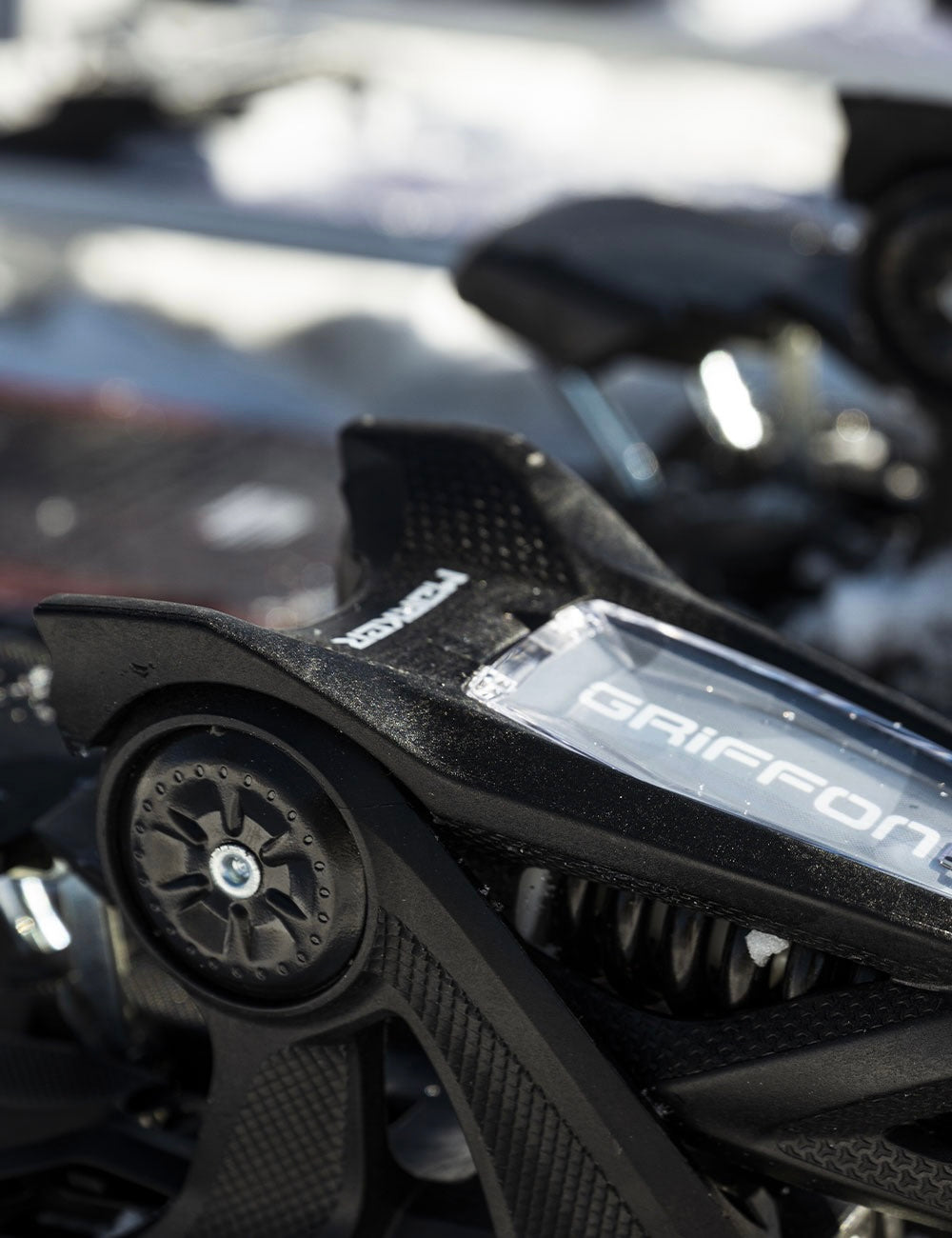
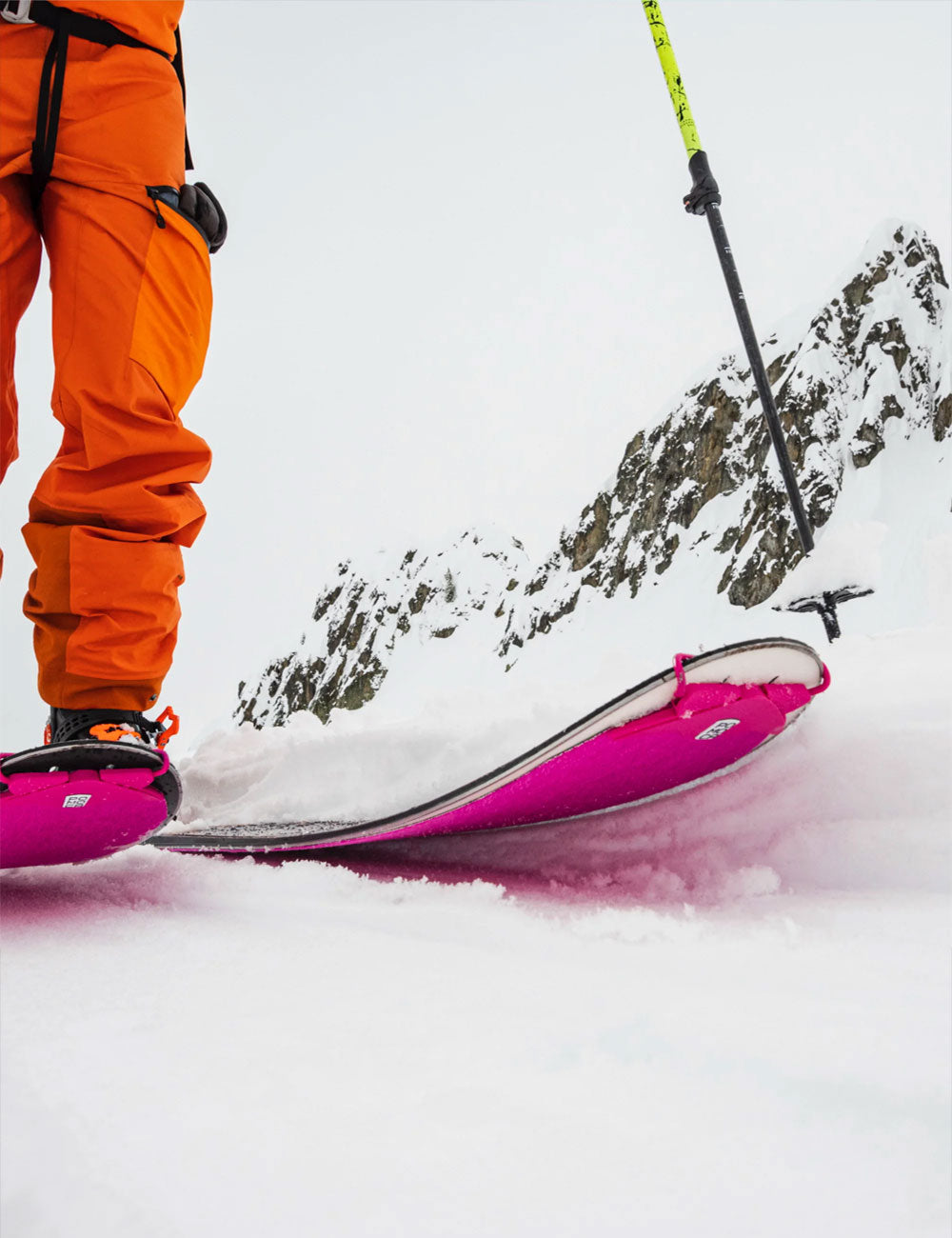
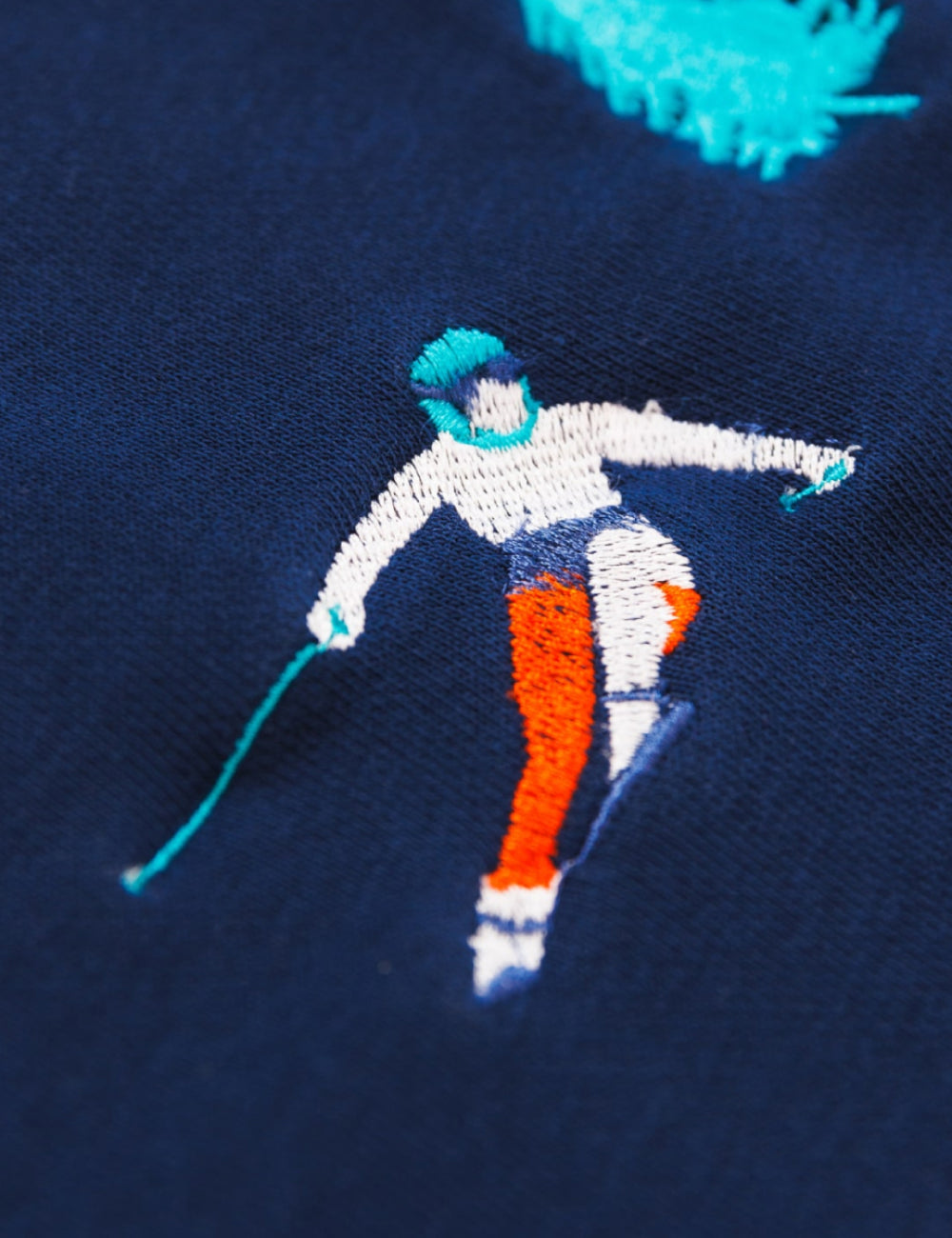
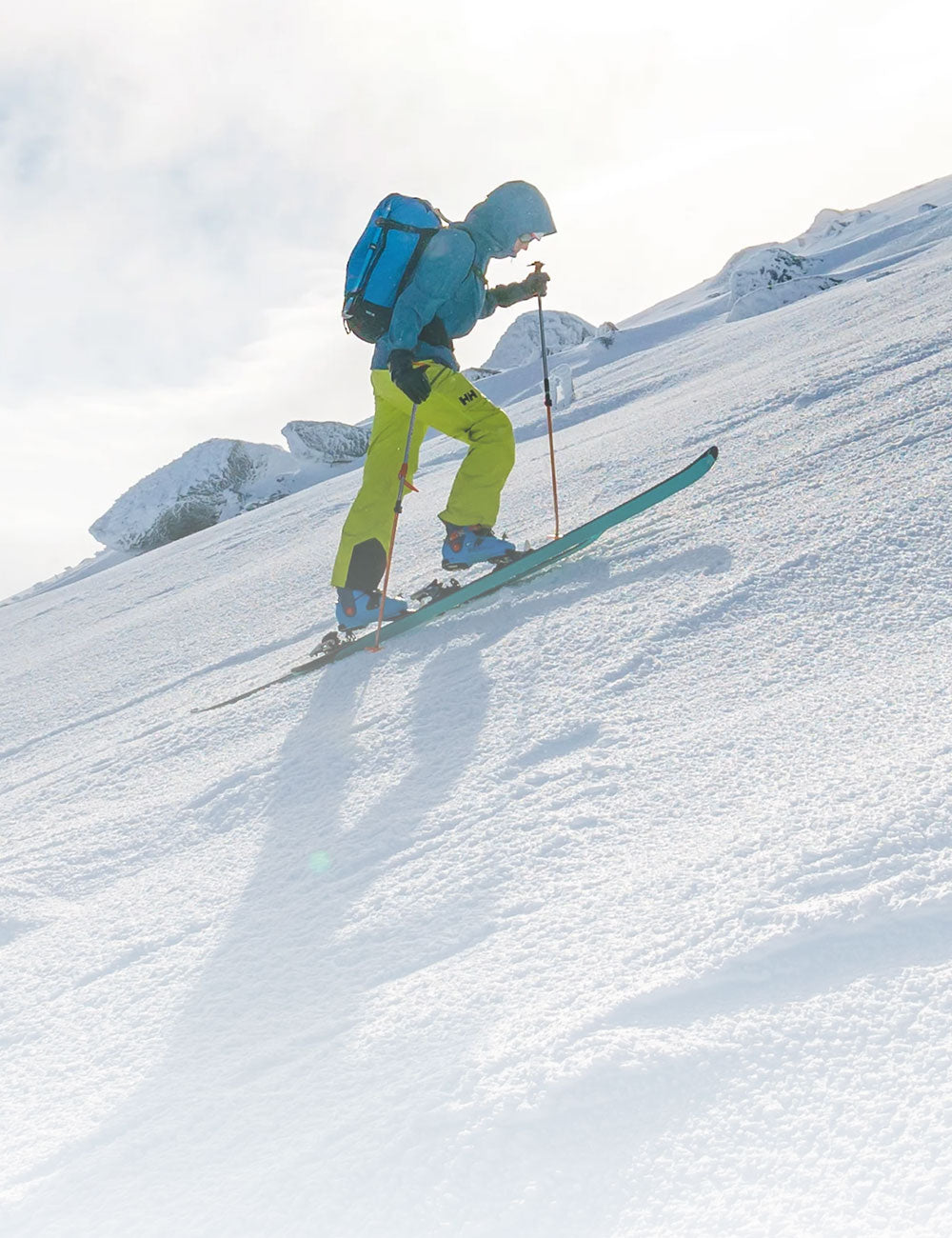

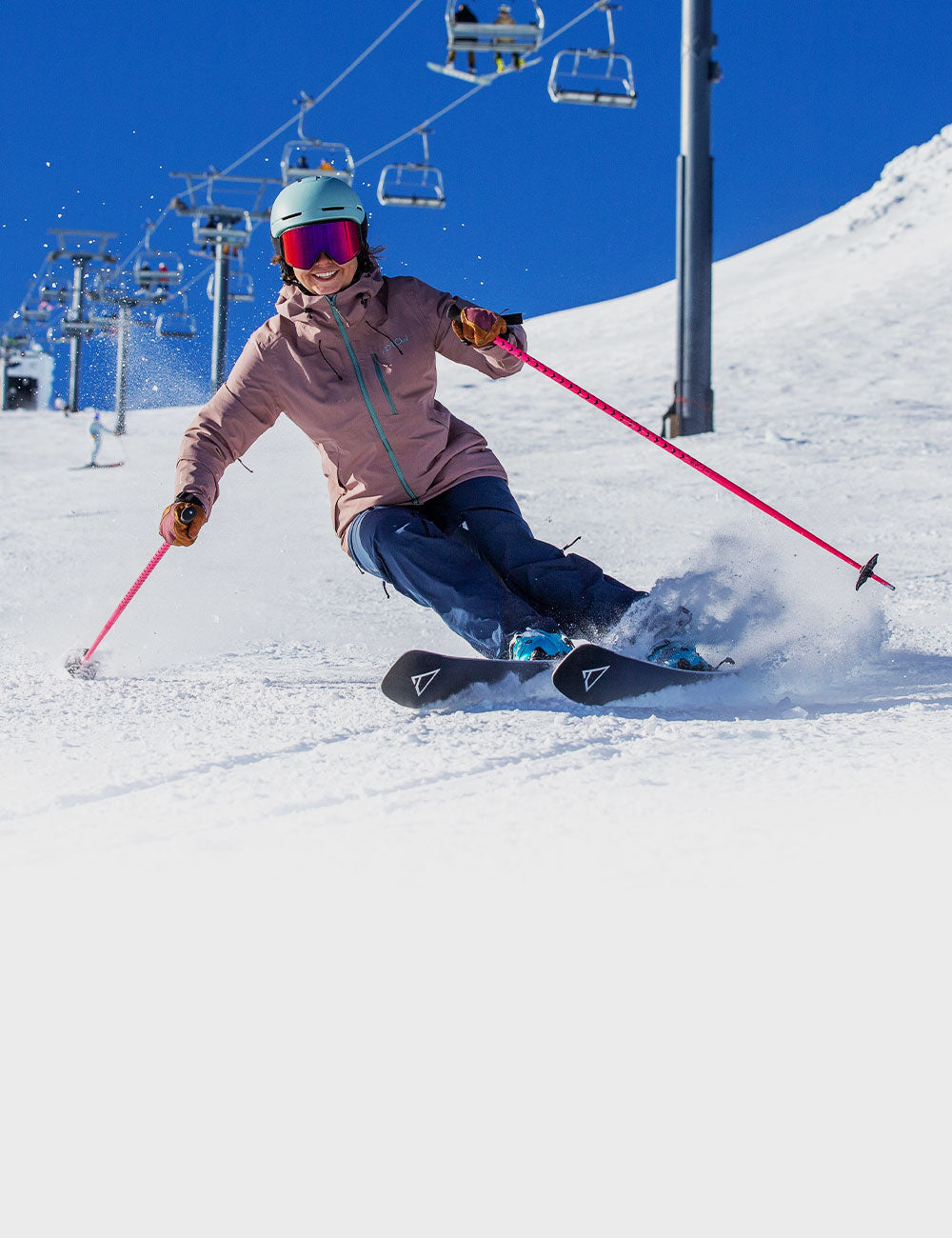
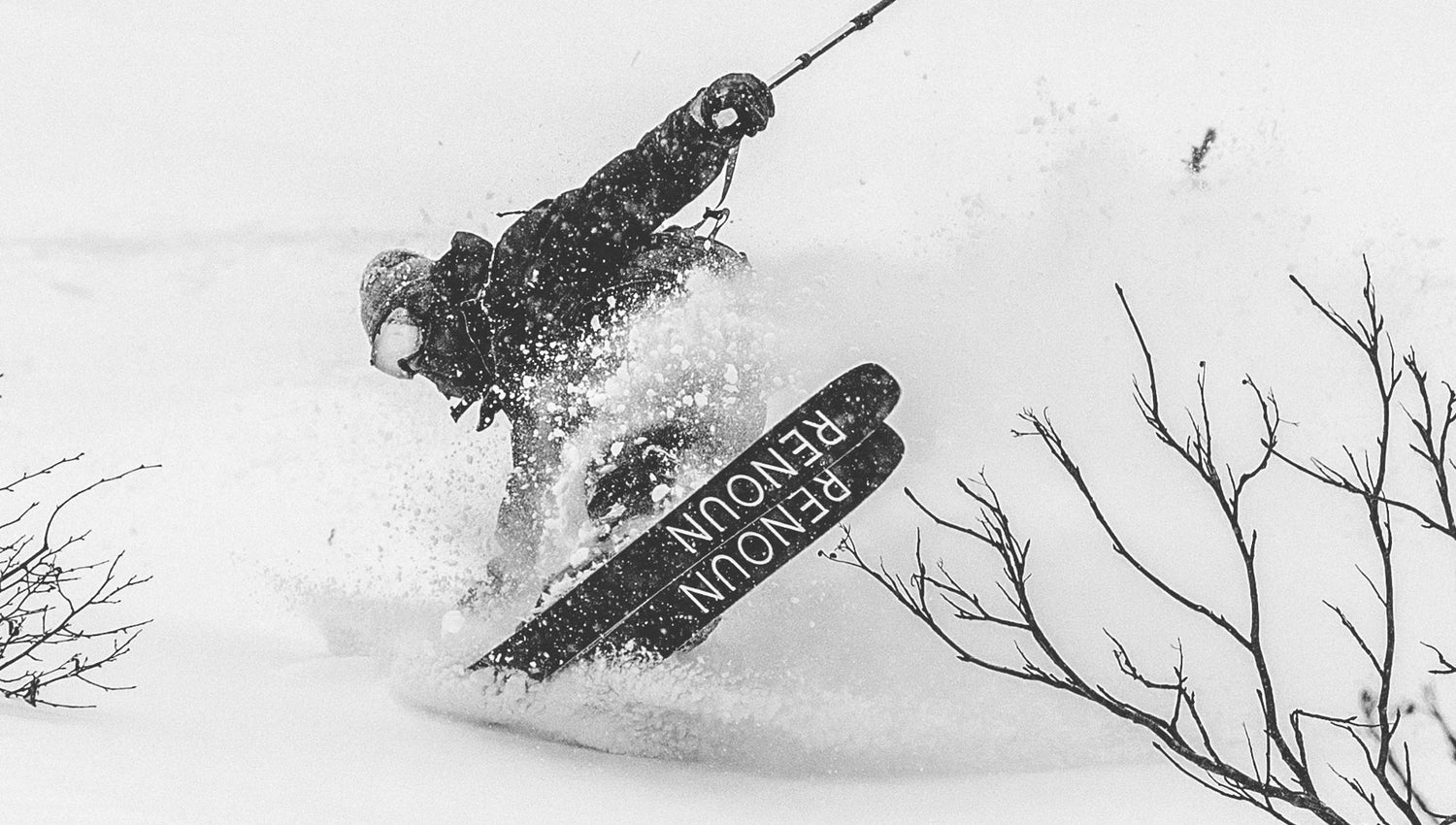


Leave a comment
This site is protected by hCaptcha and the hCaptcha Privacy Policy and Terms of Service apply.